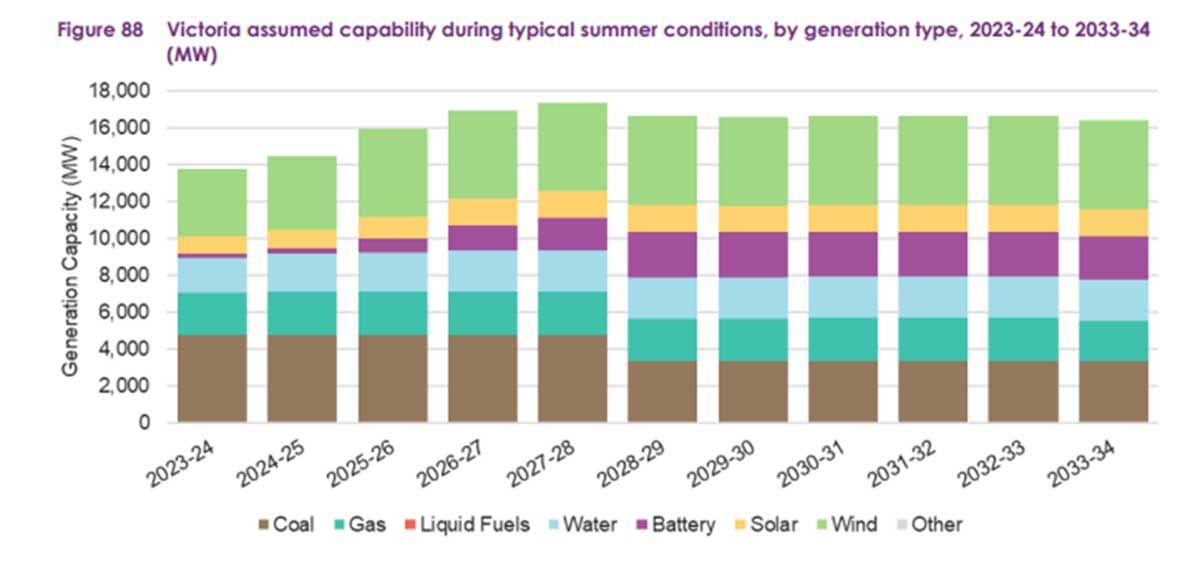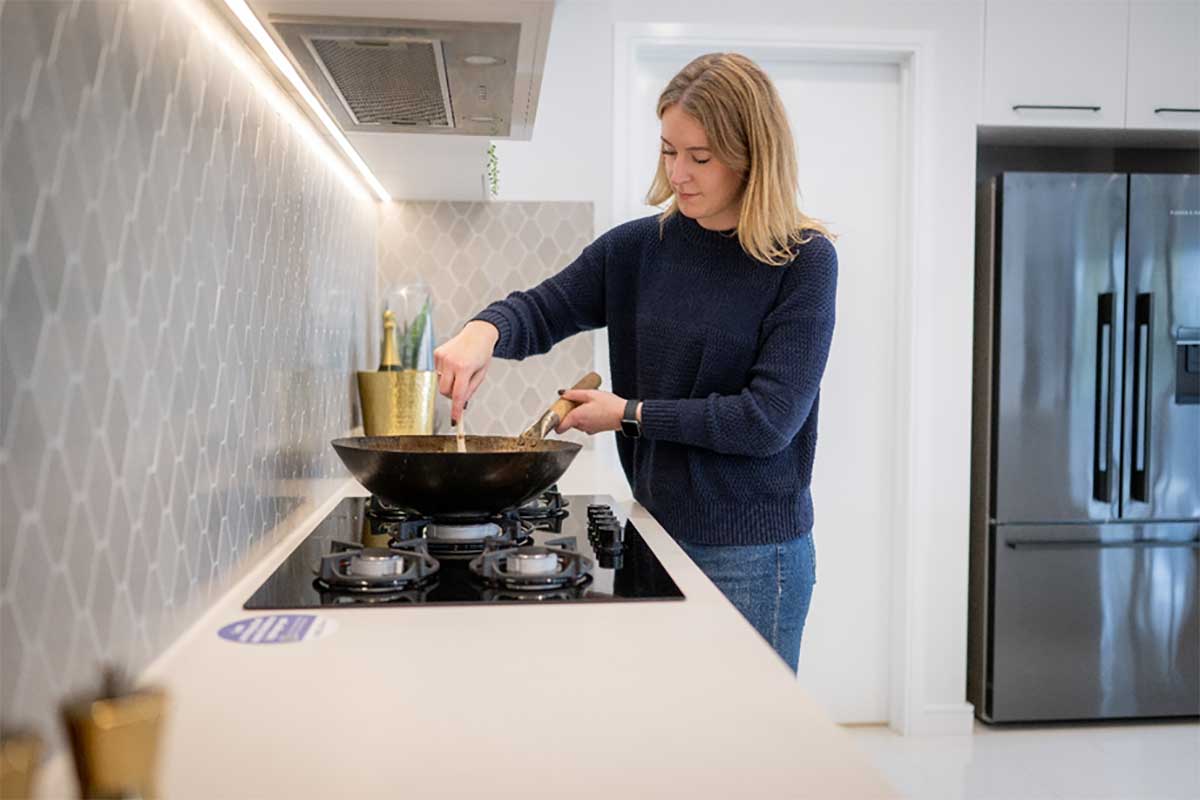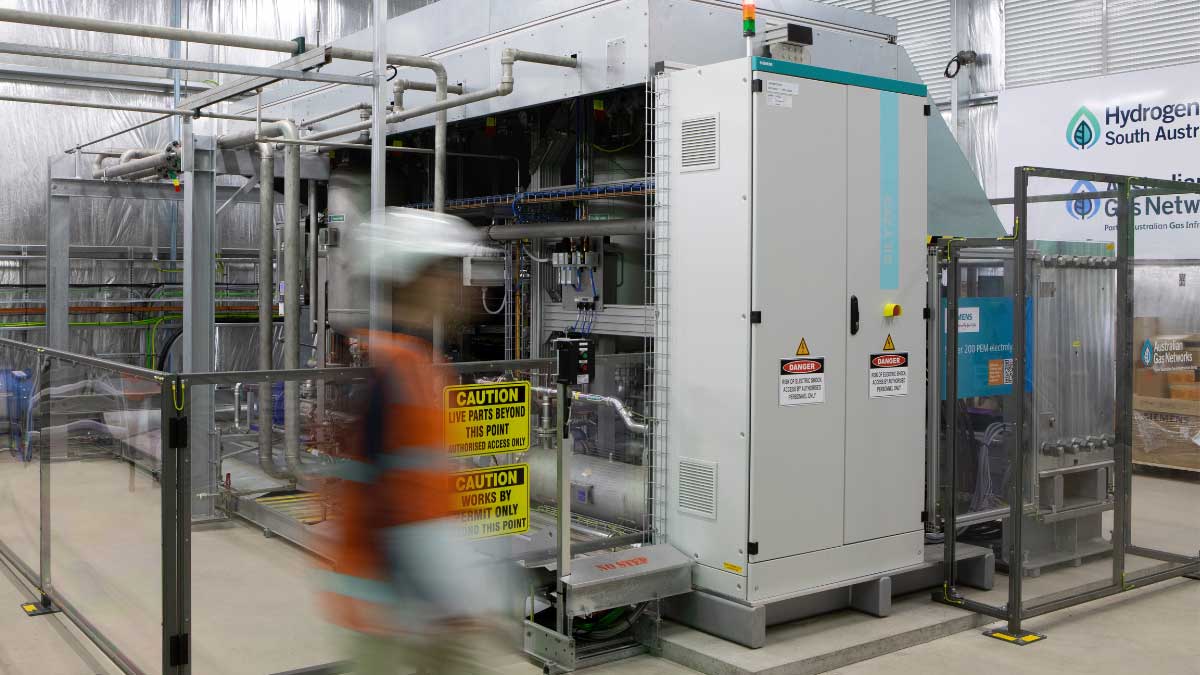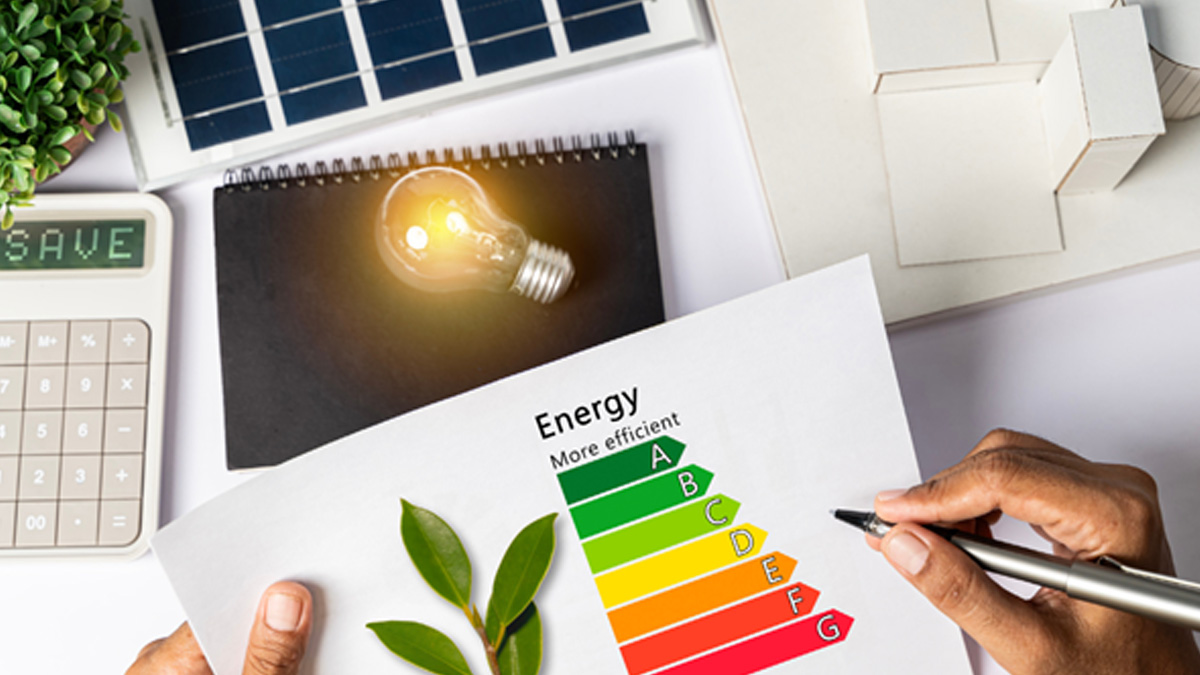The energy industry has been in the news a lot lately. You may have seen headlines warning of shortfalls in supply, price hikes, impending blackouts, and an oncoming energy crisis.
There has also been coverage of a handful of state and local governments encouraging homeowners to go “gas free”, with proposals to reduce gas connections in new home developments and announcing some council offices are removing gas appliances.
These councils are trying to become more sustainable, and that’s commendable.
However, in Victoria the gas network currently supplies over 2 million households. In our view, targeting gas as a means of lowering greenhouse gas emissions is near-sighted in that it removes choice, ignores the potential of renewable gas and is not the best solution for lowering emissions.
Our research shows us that most Victorian’s prefer to keep using gas, and here’s why...
Keeping the heating on
Many homes across Australia rely on gas, especially during the winter months for heating. If your home is connected to gas then it probably powers that steaming hot shower you took earlier, the stove you use to cook dinner every night, the heating that keeps you snug in the depths of winter. And it’s all delivered by the most reliable energy network there is: the gas distribution network.

[image credit: screen shot taken from AEMO dashboard, showing data for Aug 2023 – Aug 2024]
If direct supply of gas to homes is removed as an option, unless they have their own solar panel and battery system installed, households will be reliant upon grid electricity. As can be seen from the diagram above (from AEMO’s dashboard), the actual mix of energy sources used to generate electricity on the grid in Victoria over the year ending August 2024 was still predominantly brown coal, an energy source with five times the carbon emissions of natural gas*.
According to the 2024 Electricity Statement of Opportunities report1 (ESOO), this mix of energy is changing to increase reliance on renewable sources of power, however brown coal will continue to be a significant source of energy in Victoria for the foreseeable future. Further, the ESOO states that there is likely to be a reliability gap in the Victorian transmission system increasing from approximately 2028 onwards when the Yallourn Power Station is retired.2 The ESOO states on p162 that “While new wind, solar and batter storage developments continue to connect in Victoria, South Australia and interconnected regions, these developments are not yet sufficient to offset expected generator retirements and expected increases in electricity demand.”

To us, the information in AEMO’s dashboard and in the ESOO highlights the importance of energy stability and diversity, including the continued role of gas in maintaining energy supply to meet demand and consumer preference. The fact is natural gas is instant, reliable and less polluting than brown coal. Furthermore, retaining gas distribution networks opens possibilities for the introduction of renewable gases through the existing distribution network as production of renewable gas becomes more common and cost effective.
So, while there is a lot of news about restricting gas as a direct energy source for households and businesses in Victoria, doing so means that there will be greater demand for grid power, which in turn is heavily reliant on brown coal at present. Alternative sources of energy generation are starting to generate meaningful quantities of grid power; however, these are still not sufficient to replace brown coal with reliable, cost efficient, low emissions energy.
The future is not as simple as gas vs electricity
Decarbonisation of energy is a big challenge and we need a range of solutions that provide reliable energy and meet growing demand. Renewable electricity is a very important part of the answer however we also need to consider the development of renewable gases as part of the overall solution to ensure choice and diversity of energy sources.
Using renewable electricity to produce and store renewable hydrogen can contribute to the decarbonisation of the gas in our networks alongside the shift to renewable electricity.
How? The majority of renewable electricity being produced today comes from variable sources such as wind and solar power. At times there is more renewable energy produced than the electricity network needs, which presents an opportunity for new and flexible ways of using electricity, like using it to produce renewable hydrogen gas from water using electrolysis.
Having access to a diverse range of energy sources (gas, wind, solar, electricity) also ensures that if one system goes down, we have many options to keep vital services operational, something our customers tell us they already value and enjoy today.
Giving people a choice
In our view, Australians should have choice of energy sources. Removing access to gas for households threatens the diversity and security of energy supply for the future.
To the two thirds of Australian households* that continue to favour gas as their energy of choice, and enjoy reliable heating, hot water, cooking and more: we hear you.
We also don’t want your choice and ability to enjoy the benefits of gas to be reduced. We firmly believe people should be able to make their own decisions on their energy sources.

Cooking with hydrogen gas created from water and electricity (as demonstrated in the HyHome) is the future.
Doing what’s best for our planet
We are concerned by the impact fossil fuels have on our planet. But we think the answer is not to simply turn the gas off and abandon an existing asset that is already equipped to assist in decarbonisation as we transition from natural gas to renewable gas.
So, what if we told you that a) gas is not in conflict with decarbonisation, and b) that working with gas could realistically lead to a more sustainable Australia that we can all get behind. Here’s how:
Renewable gases such as green hydrogen and biomethane provide a pathway to decarbonise the gas used by Australians and can also assist in efforts to decarbonise the electricity and transport sectors.
Renewable energy sources like wind and solar can be used in a process called electrolysis that creates renewable hydrogen gas from water. Even better, this renewable gas can be blended with natural gas (up to 15% blend for hydrogen and up to 100% for biomethane) and pumped through our existing infrastructure, then used in the same way natural gas is today with your existing gas appliances.
Here at AGN, we have a target to achieve full conversion of our networks to renewable gas by 2050. We have been delivering a blend of 10% green hydrogen with natural gas in Mitchell Park, South Australia, since 2021, and we have our sights firmly set on our next projects in Gladstone (Queensland), Murray Valley (VIC) and Wagga Wagga (NSW).
Renewable gas has the potential to provide affordable, reliable, sustainable low carbon emission energy for homes and businesses.
We’re quietly confident that as awareness of renewable gas grows, so too will the view that the gas networks will continue to play a critical role in solving our energy crisis and moving towards a lower carbon Australia.

* https://www.energynetworks.com.au/resources/fact-sheets/reliable-and-clean-gas-for-australian-homes-2/
** https://www.aemo.com.au/energy-systems/electricity/national-electricity-market-nem/data-nem/data-dashboard-nem#nem-dispatch-overview (Note that the NEM grid comprises of NSW, QLD, VIC, SA and TAS only)
*** Australian Energy Statistics 2021 Energy Update Report, Department of Energy.
https://www.energy.gov.au/publications/australian-energy-update-2021
1 2024-electricity-statement-of-opportunities.pdf (aemo.com.au)
2 2024-electricity-statement-of-opportunities.pdf (aemo.com.au), p8




